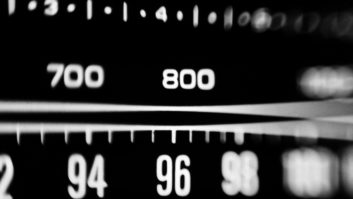The Federal Communications Commission has released its broadcast station totals for Q4 2018. The numbers are tracked by some observers to provide insights into various trends in the broadcast radio market.
If you’re worried about broadcast radio and television being in decline, one figure should cheer you up: There are 3,510 more overall broadcast stations licensed as of Dec. 31 than there were a decade ago, now totaling 33,342. And there’s growth compared to a year ago, up from 33,006. Those counts include AM and FM stations, low-power FMs, translators, boosters, as well as television stations, UHF stations, low-power TV stations and more.
However, the station head count wasn’t quite as rosy for the Senior Band alone. As of Dec. 31, there are 20 fewer AM radio stations (4,619) licensed in the U.S. than one year ago (4,639); and compared to a decade ago, there are 167 fewer. This appears to be in line with anecdotes shared with radio and predictions made by industry observers.
In contrast, there were 10 more FM commercial stations on Dec. 31 (6,754) than a year ago; and their number was up by 327 from the 2008 total.
There was a year-over-year increase in licensed FM educational stations: 4,135 in 2018, up by 15 from the year before; and dramatic growth in NCEs is evident when you compare to 2008, when there were only 3,040 licensed.
The report also reveals the continuing growth in FM translators and boosters. The Dec. 31, 2018, total was 7,952 — up from 2017’s 7,585. A decade ago there were 6,120 translators and boosters.
The number of low-power FM stations has more than doubled since 2008, when there were 859 licensed; as of Dec. 31, 2018, there were 2,172 LPFMs licensed, up by 95 in the past year.







